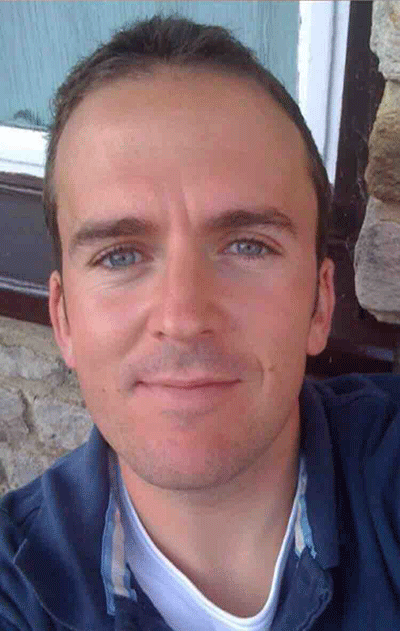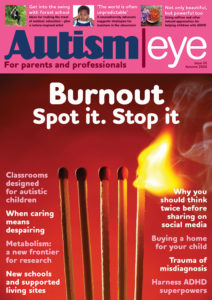A biotech firm is to trial a new drug on people with a subtype of autism.
Swiss firm Stalicla plans to trial the drug STP1. It has met officials from the US Food and Drug Administration (FDA) in order to get the trial underway.

Consultant paediatrician Ben Marlow, who says people with phenotype 1 autism have distinctive biochemical, behavioural and physical characteristics
The firm says “two ASD phenotypes have already been identified, phenotype 1 and phenotype 2. Each comprises a set of 11 clinical signs and symptoms”.
The firm says the new drug targets people with phenotype 1 autism.
It is thought that around 20 per cent of everyone with autism has phenotype 1.
Drug targets two million patients
This amounts to around two million out of 10 million patients in Europe and North America.
Lynn Durham is chief executive of Stalicla. She said STP1 could become the “first precision medicine” for phenotype 1 autism and “herald a new age for this field”.
Consultant paediatrician Dr Ben Marlow works in an advisory role with Stalicla.
Marlow, whose five-year-old son Freddie has autism, said people with phenotype 1 autism are defined by behavioural, physical and biochemical characteristics.
Biotech firm defines subgroups
Stalicla used large-scale genetic, molecular, drugs and clinical data to define patient subgroups and identify personalised treatments.
The company said in the past drug firms have made the mistake of approaching autism as a “single disease”. Meanwhile, they overlooked the diversity of causes.
The Swiss biotech firm’s treatments will use repurposed or rescued drugs. Repurposed drugs are medications that companies created to treat other conditions. Rescued treatments, meanwhile, refer to substances that medics have previously found to be safe but ineffective.
Stalicla says this translates into a “derisked drug development process”.
Clinical trial to start next year
The company now plans to submit STP1 for a phase 1B clinical trial. This will see the drug trialled on patients for the first time, with the dose increased to find the optimal safe amount.
The company aims to enrol the first phenotype 1 autism patients in early 2020.
Related:
- Social difficulty traced to brain region
- Drug found to improve autism symptoms
- Study supports ‘male brain’ theory
- Simple eye test may help detect autism
Published: 12 September 2019
















